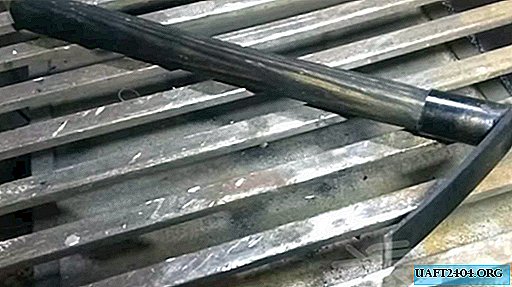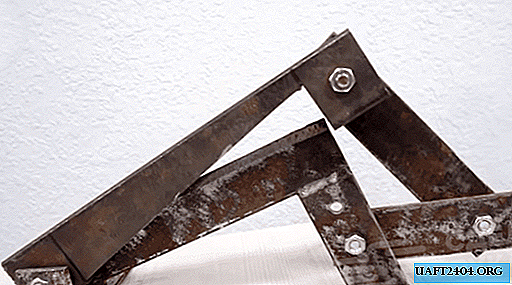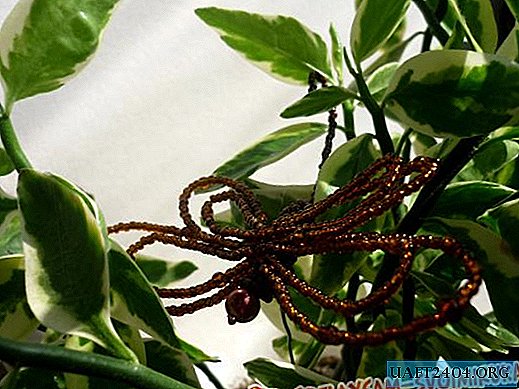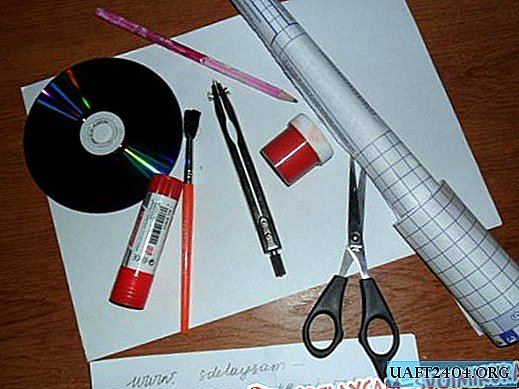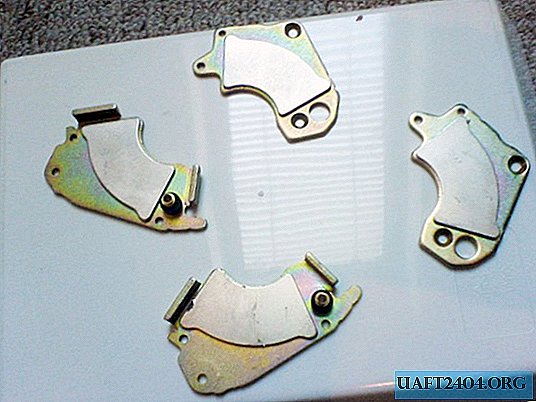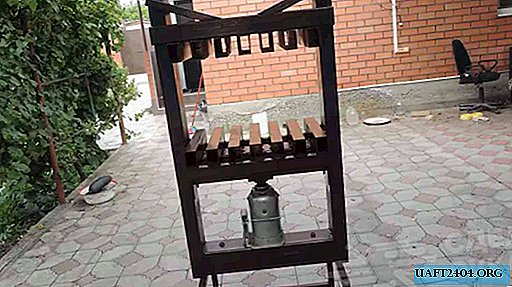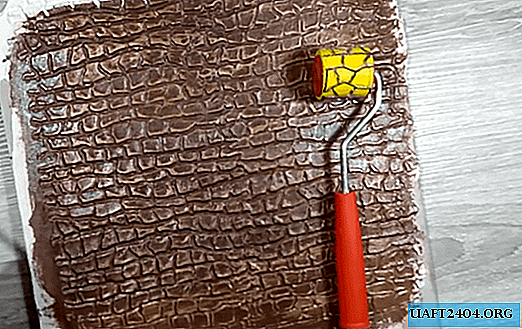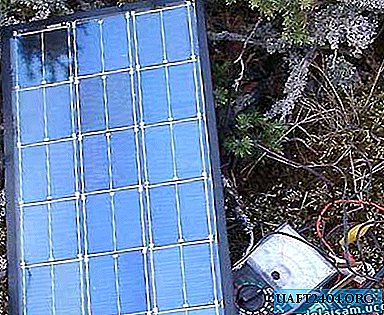Share
Pin
Tweet
Send
Share
Send
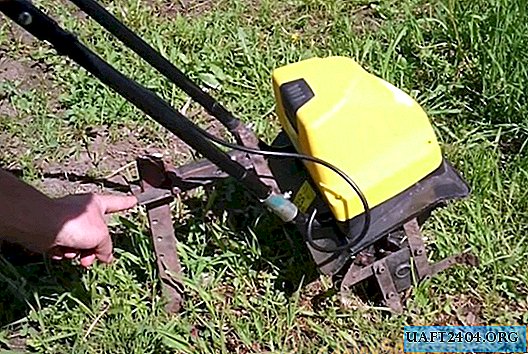
An electric cultivator with a capacity of up to 1000 watts, I believe, was created exclusively for women's hands. Lightweight, compact, does not require maintenance (well, almost) - turned it on, loosened the bed under flowers or dill and was not tired.

Moreover, my women have experience with wires on a site. The lawn mower is regularly used. You can, of course, ask your husband and son, they dig a shovel faster, but you still have to persuade, and indeed the son is late for the disco.
So - an electric cultivator bought in Samara in a famous store is not good. Too easy. Does not go deep.
If you push hard and hold it in place, preventing it from running forward, then the cultivator will of course scratch the ground. And on a well-plowed area, even bites slightly. By the way, the cultivator does not have a name and is indicated by letters of the QT type. But they are all about the same and the method of fixing the problem is suitable for anyone.
I decided to make the coulter a cultivator, like its more serious counterparts, with an eye on the dimensions and avoiding undue weighting.
Necessary tools
- Angle grinder (grinder) - the details are small and any angle grinder will do;
- Drill;
- Screwdriver;
- Welding (in principle, you can assemble everything with bolts);
- Wrenches.
Cultivator revision
Made 7 parts according to the specified sketches:
Tube - 2 pcs. The length is 50 mm, the diameter is about 25 mm so that the handle of the cultivator passes inside. The water pipe fit perfectly.

Corner - 3 pcs. The dimensions of the corner are 20x20x3 mm. The length of two 170mm and one corner between the tubes according to the size of the cultivator (about 200mm).

An emphasis for a coulter - 1 piece. Length 40mm, diameter 10mm. Cut off a piece of reinforcement.

Opener - 1 pc. Dimensions 350x35 mm. Thickness is needed thicker. I did not have thick steel, I cut two pieces of 4 mm steel and welded together. The result was an opener of 8 mm thickness.

I made holes in the opener with a diameter of 8.5 mm in increments of 40 mm so that it was possible to rearrange the opener in height and change the depth of the bed. The top hole is 70 mm from the edge.
When working with a grinder, it is necessary to use protective equipment - a serious tool.

As a result of welding, we got such a design.

The coulter plate is screwed with an M8 bolt into the drilled hole.

When tightening the bolt connection, the coulter plate must be moved so that it can rotate. Though not completely free, but not tight.
The advantage of the design is that the details of the cultivator itself do not spoil at all. The coulter is inserted into the handle connector - the handles just have a telescopic connection.


And on regular cogs everything is fixed. It is important that in the working position of the cultivator, when the handles are tilted towards the operator, the coulter is installed vertically. Here is the result.

Senior comrades told me that the distance from the cultivator to the coulter greatly affects the result. The greater this distance, the more stable the unit will work. In the photo, this is the distance from the yellow body to the finger of the hand.

The coulter must be moved so that it is folded and does not interfere with movement backward. For example, if you drove under a currant bush and you need to pull the cultivator towards you.
Conclusion
Well, in the last photo you can see how the cultivator went deep into work on the hat without any problems. In women's pens. This is a kind of brake for the cultivator, which does not allow it to move forward quickly and makes it penetrate into the soil. On the video, it all looks much more clearly. How does the opener work, how does it develop, etc., etc.
Antonov Alexander
Samara
Samara
Share
Pin
Tweet
Send
Share
Send

